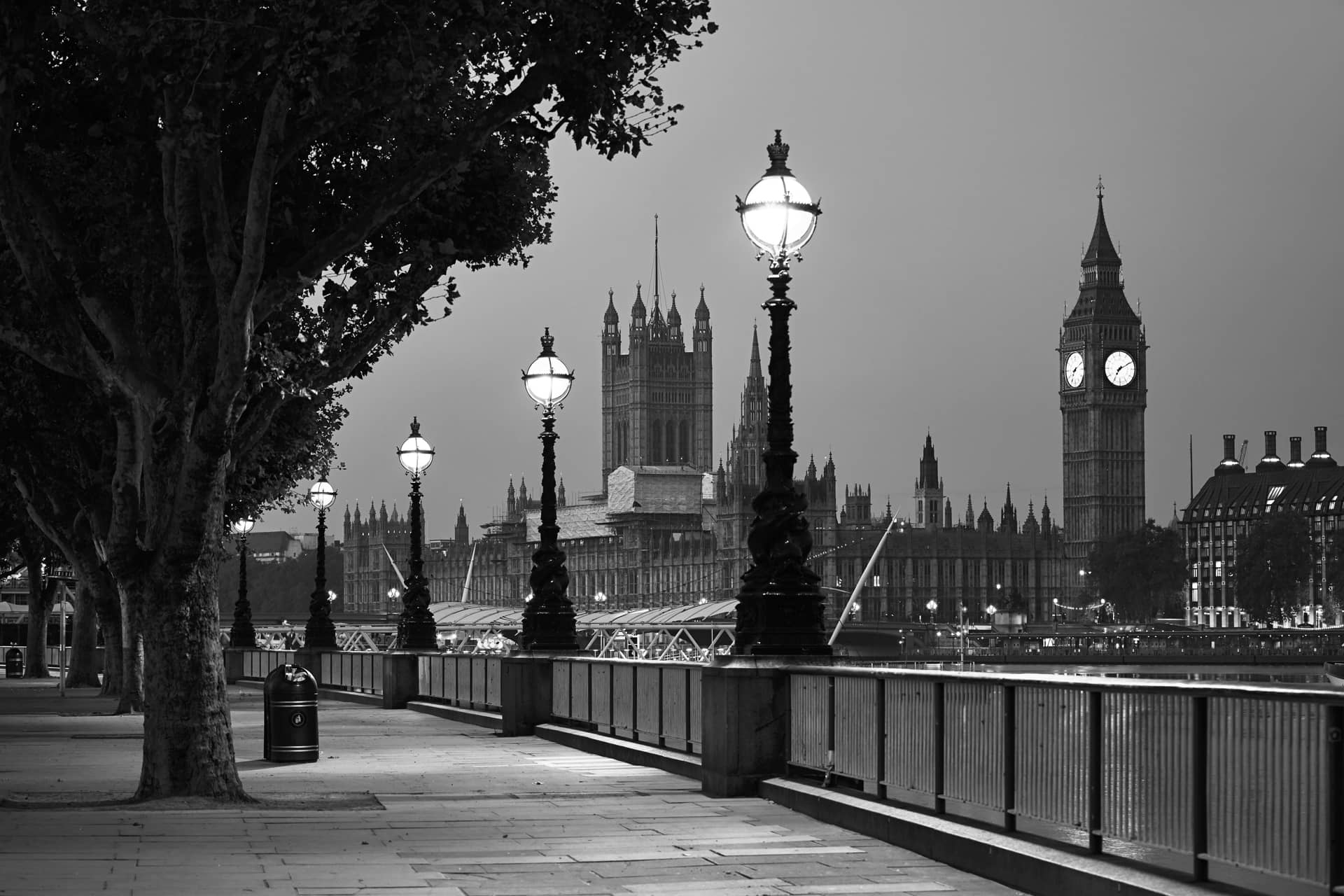Originally published in Norran.
Many years ago, when I went to London for the first time, I spent half a day looking for Bywater Street. You may not know it as a tourist attraction, and it really isn’t. Even though I was armed with a map, I managed to walk right past it on my first try and had to turn back and retrace my steps before I finally managed to find it.
Most of the buildings along the first section of the street were covered with scaffolding and tarps. “Borough of Chelsea – Bywater ST,” the street sign said. Below it, another sign read NO EXIT. The street’s very English-looking row-houses were all squeezed together, wall to wall, turning their different-colored facades towards the tiny cul-de-sac.
No doubt it’s a very expensive place to live, located as it is right next to fashionable Kings Road, the famous punk hangout with its trying-too-hard-to-be-outrageous shops and clientele. But I didn’t seek out Bywater Street to gawk at pierced punks. I came looking for George Smiley because that is where he lives.
Certain literary characters feel so real and alive when you meet them on the page that it seems a shame they don’t really exist. You want to meet them in person, maybe grab a beer or a coffee (or a cup of tea) and sit down and talk to them like you would a friend. Because that’s what they feel like—old, if imaginary, friends, and for me, George Smiley is such a character.
Do you know George Smiley? I first met him while the Cold War was still raging. My first glimpse of him came in the pages of John Le Carré’s The Spy Who Came in From the Cold where he is an unseen, elusive mastermind who appears, slightly out of frame, as the tragic ending plays out in Berlin. Since then, I’ve read all Le Carré’s books about Smiley several times, and each time I’ve become more attached to this unobtrusive yet brilliant British spy.
A spy, yes, but if that word makes you think James Bond, think again. George Smiley is the anti-Bond. He doesn’t drive flashy cars, he doesn’t wear a tuxedo, he doesn’t drink martinis in swanky bars and he is not accosted by sex-starved, gorgeous women on a regular basis. He is a plain, rotund, nearsighted gentleman who spent his career hunting down spies and double agents. In the book Tinker Tailor Soldier Spy, he tracks down a traitor at the highest level of the British security establishment. In Smiley’s People he goes hunting for the high priest of Soviet intelligence, his own archenemy, the elusive Karla. He doesn’t usually carry a gun. Instead, his weapons of choice are his mind and his vast experience. His world is neither glitzy nor action-packed. Instead, it’s a shadowy, murky, rather seedy world of cold war espionage: a place permeated by lies, multiple identities, deception and betrayal.
Smiley is no superhero, no macho man. He’s a loner, and that loneliness always seems to hang over his sloping shoulders like one of his oversized coats. His beautiful (ex)wife Ann is the unfaithful sort, he is insecure and awkward at social gatherings, and he is constantly denied the professional recognition his work has rightly earned him.
In the books about Smiley, the big game of espionage and its vicious rules are set against the little people and their ordinary lives. And Smiley, this seemingly bumbling man in ill-fitting clothes stands in the middle of it all, absentmindedly polishing his thick glasses with the lining of his tie, beset by doubts, wondering what it’s all good for, weighed down by guilt since his own actions are part of what keeps the big game going.
In an environment where the most common philosophy is that the ends justify the means, where friends and foes alike can be betrayed and sacrificed for the sake of the cause, Smiley can be ruthless, but doesn’t always find it easy to tell good from evil.
Not even in Tinker Tailor Soldier Spy, when Smiley finally exposes the man who has betrayed Britain and its most secret of secrets to the Soviet Union, not even then does he feel joyfully victorious. Instead, his thoughts “as they often did when he was frightened” turn to people: “There is no excuse for destroying another human being. Somewhere the road of pain and deception must end. Until then there was no future: all there was a long slide into more and more frightening versions of the present.” Smiley is, as Le Carré writes: “betrayed in love and unable to hate.”
It can be difficult to hate even the guiltiest of criminals, especially when you see how small and pitifully ordinary they are face to face: not marked with the sign of the beast, not the laughing megalomaniacs of the Bond universe, just another human being, however atrocious their crimes.
After the fall of the Berlin Wall, the spy genre had to adapt quite radically to a post-cold war world where it was not West against East, but more like everyone against everyone else, and it’s true that spy stories written during the cold war can appear somewhat dated today. Smiley’s creator, John Le Carré (who passed away in 2020), was a prolific, and exceptional writer, even after the wall fell, with a brilliant ear for dialogue and a real sense for the frailties and shortcomings of human beings. Yet in his oeuvre, his books about George Smiley are what stand out for me. Partly because of the fascinating insider’s look they offer at the spy trade. Partly because of the intricate twists and turns of the plots. But mostly, to me at least, they stand out because of George Smiley himself. He is quite simply one of the most interesting and believable fictional characters I’ve encountered and one that seems so alive that it’s hard to accept that he is, and was, nothing but ink on paper.
That is probably why I went looking for him that day in London. As if I thought he’d actually be there, as if I might actually catch a glimpse of him, plodding along the sidewalk up to his door, shoulders hunched against the drizzle, his thick glasses sprinkled with raindrops. My friend Smiley, heading home after another day in the cold.

